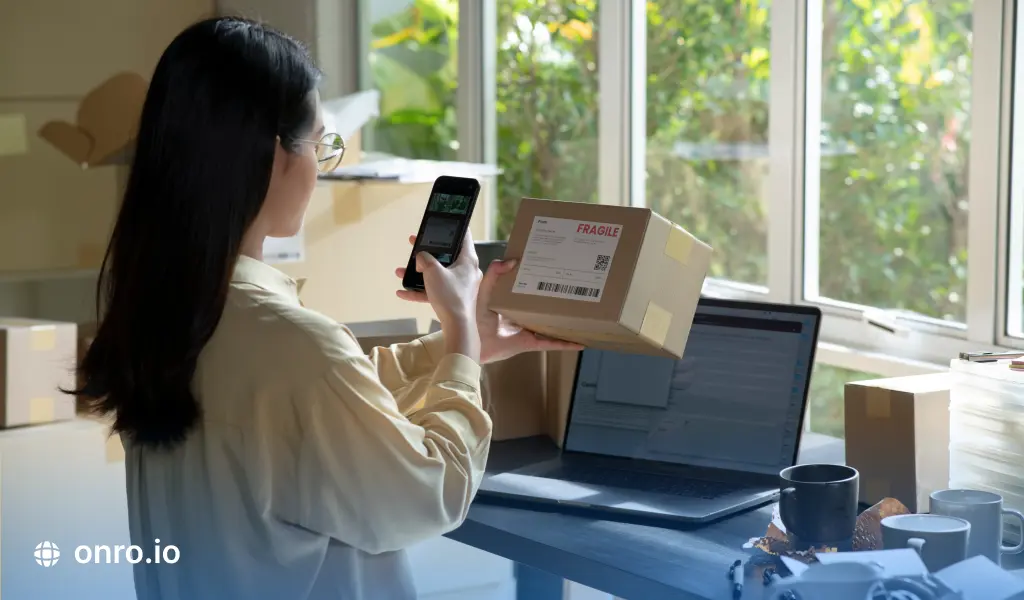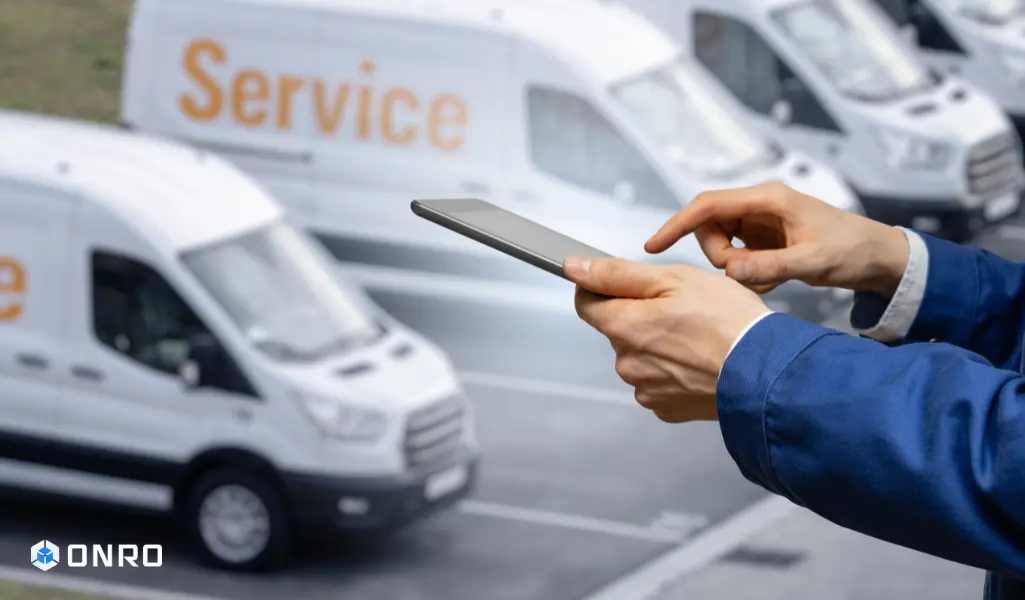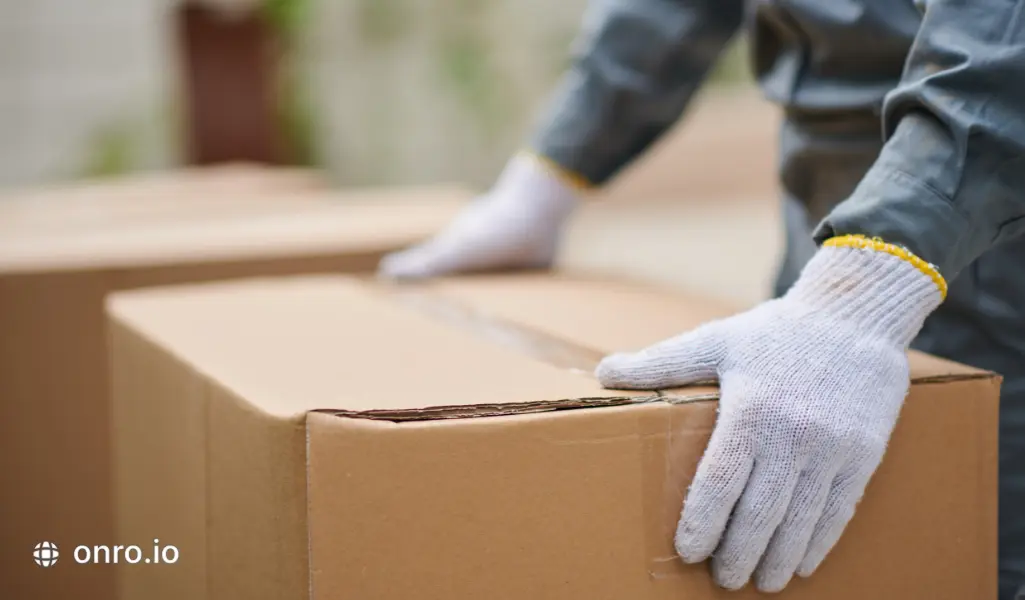Gaining useful knowledge about the future of last mile delivery is required for all of us. Using robots and software to effectively connect carriers and recipients not only eliminates inefficiencies, but also leads to the development of services that create new added value.
Currently, logistics companies are at the center of these efforts, but in the future, ideas should be actively collected from a variety of service users, including recipients and shippers. The last-mile delivery can be a treasure trove of innovation.
Try Onro for Free
Get your free access to the Onro All-in-one Last Mile Delivery Software.
1. Last Mile Delivery Resource Management
The delivery services market is subject to seasonality, requiring flexibility in personnel management. Accordingly, standard methods of recruiting staff and attracting outsourcing are not effective enough during short seasonal peaks and certain overloaded time slots of the working day.
Servicing an additional volume of orders can be implemented through a crowd platform, which allows you to outsource a share of simple operations to third-party crowd performers who do not require constant presence on staff, but are effective in maintaining delivery times to customers, and these can be both crowd couriers and warehouse employees.
2. Communication in Last Mile Delivery
The standard practice of voice contact with a client is a thing of the past, but replacing it with one updated tool, a chatbot or messenger, does not provide sufficient effect. The use of the cascade principle of communication, the sequential use of all options from a robocall to the connection of an operator, and the development of artificial intelligence will make it possible to ensure contact with all types of audiences, and inform them about the arrival of cargo at the point of delivery of orders or the arrival of a courier.
3. Processing Automation
The growing volume of cargo and processing costs require the modernization of warehouses, so the installation of sorting lines and robotics of various types is a prerequisite for reducing the time between receiving, processing cargo and the subsequent dispatch of the courier for last-mile delivery.
4. Delivery with Drones
This is perhaps the only area of potential use of drones in which everyone more or less agrees: the volume of e-commerce will grow and require the development of delivery, including to areas remote from warehouses and distribution centers; Therefore, drones have a chance to solve the “last mile” problem, and retail has a chance to become the largest consumer of both drones themselves and services based on them.
5. Flexibility and Support for Various Products
Most partners of logistics companies have different groups of orders that require variability in service, so it is important for logistics operators to support both “fast delivery” type orders, with the need to maintain short service intervals, use hyperlocal delivery in small macro-areas around order pick-up points, using foot couriers, bicycle couriers, as well as large-sized orders for LTL tasks, marketplaces, furniture, involving large-capacity transport, loading and unloading operations, etc.
6. Artificial Intelligence, “Smart Logistics”
Managing significant volumes of cargo flows and resources requires minimizing risks in the decision-making process for building transport schemes, warehouse processes, and last-mile delivery, so the future of the industry lies in the ability to calculate trends, model development, and manage multiple linear operations using artificial intelligence.
Accordingly, large last-mile operators are following the path of transformation into logistics IT companies, which allows them to effectively support all of the above development blocks and find new ways and means of organizing production.
7. Truck Without a Driver
The study also assigns an important role to self-driving trucks, even if the personnel on the vehicle will be present since the final delivery process will still be manual. But the delivery boy’s job will change. For example, vehicles will follow delivery drivers, automatically, as they walk from house to house. In rural and disadvantaged areas, autonomous delivery vehicles will be used and offer the possibility of a reduction in delivery costs.
Furthermore, they will help solve the problem of transport companies, which are currently faced with a growing shortage of drivers willing to deliver in difficult areas. Robots that transport goods will make deliveries to destinations even in urban areas. While drones will be limited to niche activities, due to concerns about flight safety.
Conclusion
The development of e-commerce in recent years and the explosive growth in last-mile services require logistics companies to constantly search for new solutions that help improve service for end recipients. Also, manage more efficiently using Onro last-mile delivery software. It is difficult to build a complex final delivery optimization without powerful software. Therefore, logistics can be carried out inefficiently. Even if you are a small business and route management is not an urgent need, consider whether it will be necessary when expanding in the future.
Try Onro for Free
Get your free access to the Onro All-in-one Last Mile Delivery Software.



